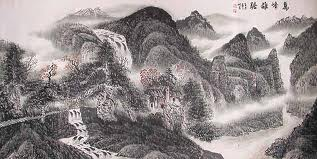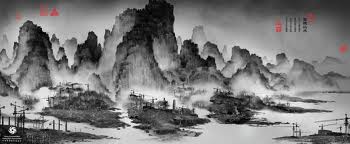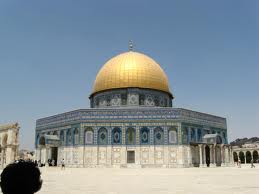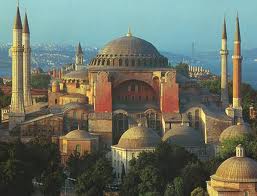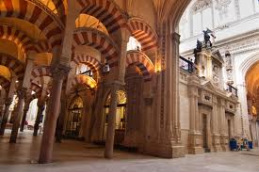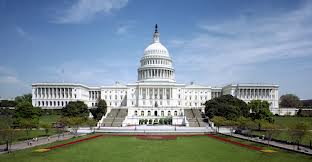Art James Schuler
Buddhism
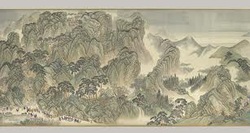
Buddhism spreading to China affected many parts of their society. Buddhist monks produced a large number of landscapes that comprise of a large portion of the Chinese artwork from that time period. Landscape painting shows that Buddhism led to greater appreciation of the geography thus causing the monks to admire it and paint it. Buddhism being more popular with lower class peasants led to Buddhist landscapes to also be the most popular among their class. The beauty of of the artwork that Buddhist monks as well as the teachings of the Buddha helped convert many peansants and non-peasants alike.The Silk and Sea Roads were the trade routes responsible for the cultural collisions that resulted in the widespread convesion of to Buddhism in China.
Hagia SophiaThe collision of the Islamic world with Christian Europe led to developments in the art of both cultures. A primary example of this cultural collision is the Church of Hagia Sophia or the Blue Mosque. Emperor Justinian built the Church of Hagia Sophia, sparing nothing in its construction, the most builtiful art and achitecture. Many of the churches throughout western Europe were built to emulate the beauty of Hagia Sophia. The Muslim Turks conquered Constantinople and renamed it Istanbul. The Church of Hagia Sophia became the Blue Mosque and Muslim art was infulenced by it from that point on. Islam spread as far as Spain over the intercontinental trade routes. The Muslims using Hagia Sophia as a blueprint refined the domed building. The result Spain and all other Muslim lands domed architecture is prominent in many of their buildings such as the Temple of the Rock in Jerusalem. The domed mosque is still and important facet of Islamic societt. The affects of the spread of the art that is the Hagia Sophia can be seen out side of religion. This can be observed in the Capitol Building in Washington D.C
Boas, Adrian (2001). Jerusalem in the Time of the
Crusades: Society, Landscape and Art in the holy city under Frankish rule. Meri, Josef W.; Bacharach, Jeri L. (2006). Medieval Islamic civilization: An Encyclopedia. Taylor and Francis Hagia Sophia Church Boyran, Ebru; Fleet, Kate (2010). A social History of Ottoman Istanbul. Frederick Hartt, A History of Italian Renaissance Art |
Crusades to RenaissanceThe religous military movement known as the Crusades reintroduced much of the greco-roman ideas and art back into Europe. Transfered from Muslim scholars in Jerusalem they alloweed for the slow re-emtrance of Europe onto the world stage. The ideas and art that were re-gained by the Crusades eventualy blossomed into an age euro-centrics would call The Renaissance. Renaissance art, perceived as a "rebirth" of ancient traditions, took as its foundation the art of Classical antiquity, but transformed that tradition by the absorption of recent developments in the art of Northern Europe. Renaissance art, with Renaissance Humanist philosophy, spread throughout Europe, affecting both artists and their patrons with the development of new techniques and new artistic sensibilities. Renaissance art marks the transition of Europe from the medieval period to the Early modern age
|
